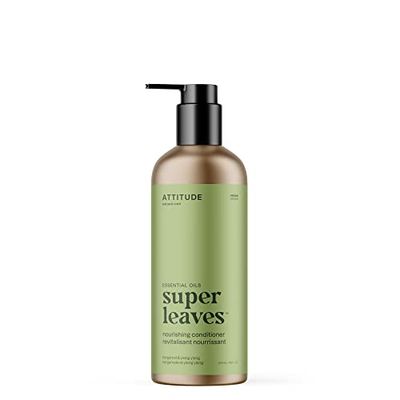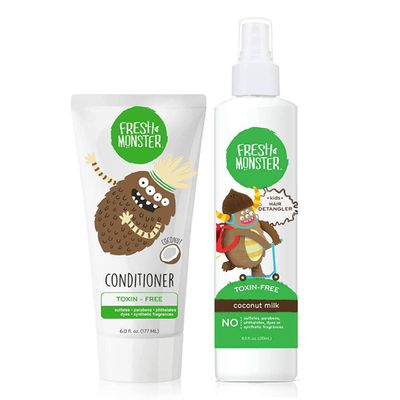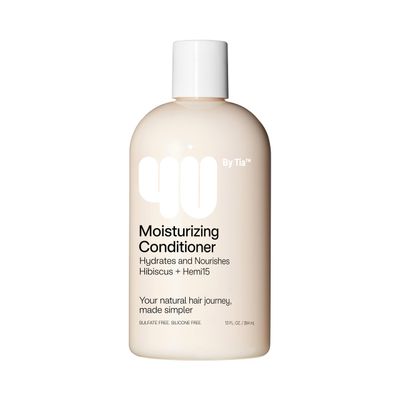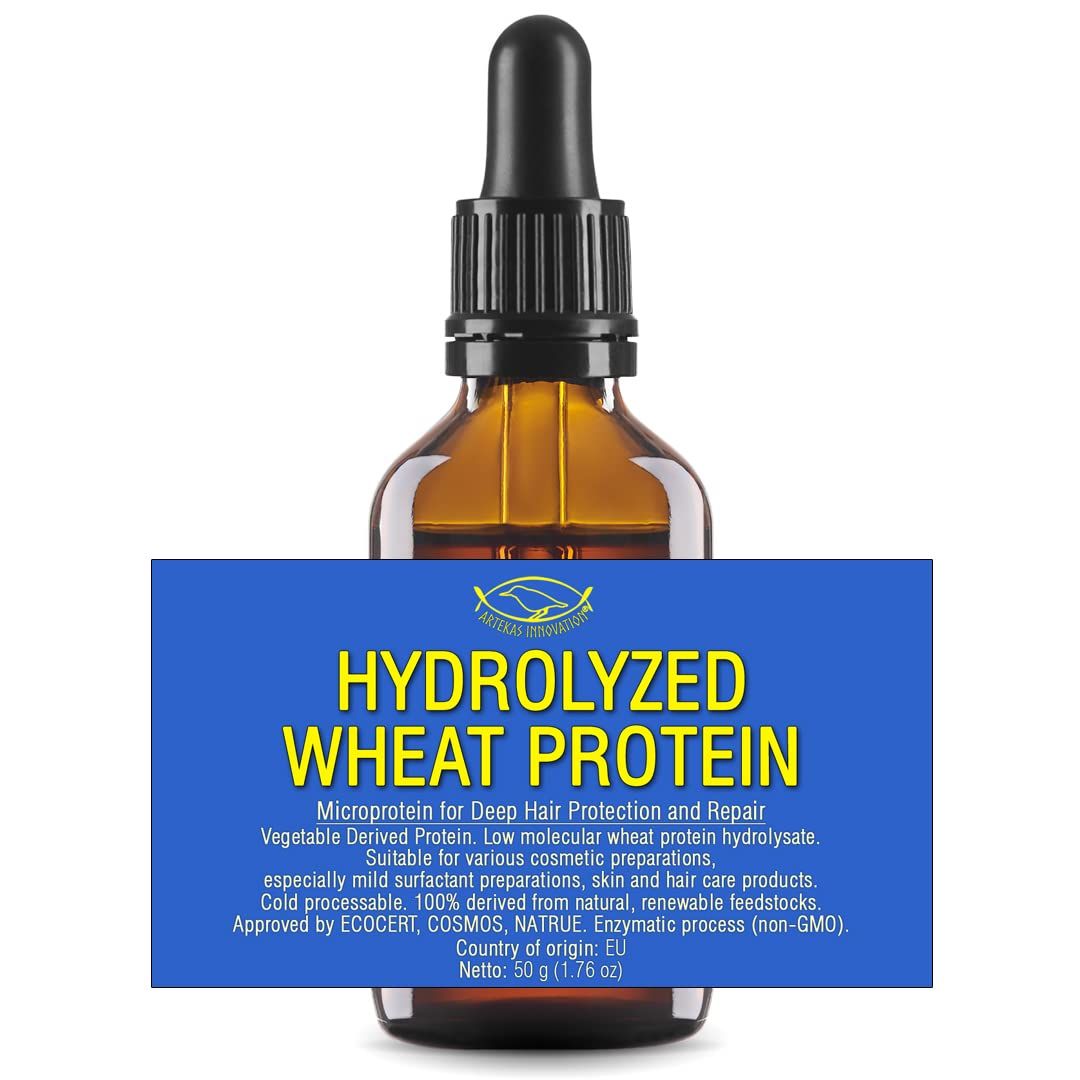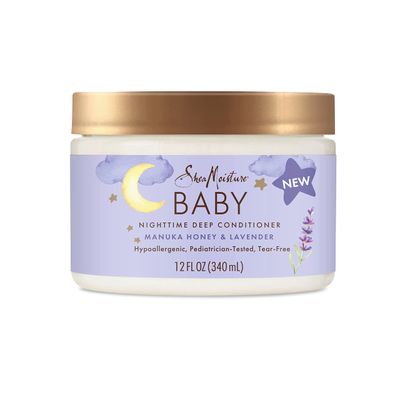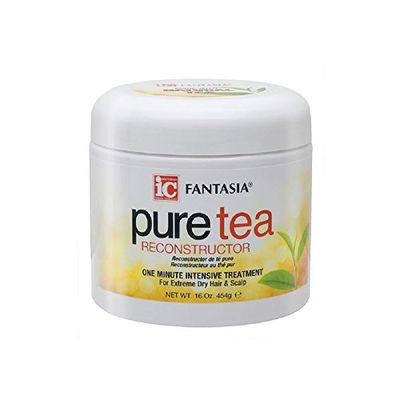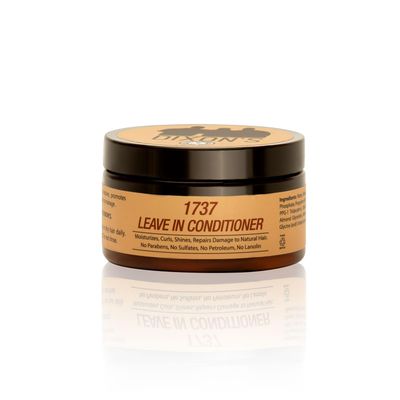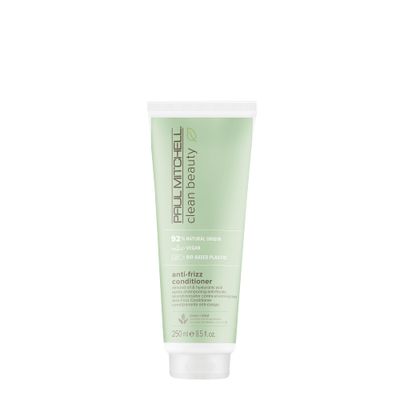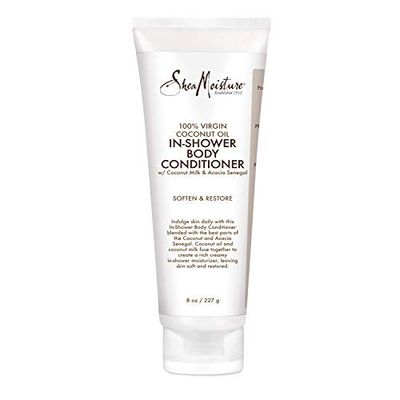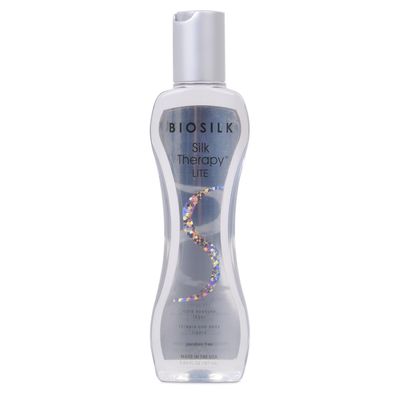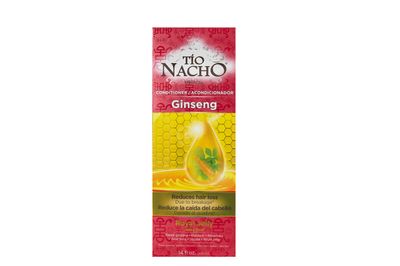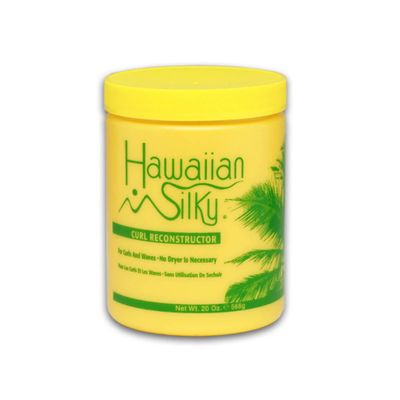Artekas Innovation - HYDROLYZED WHEAT PROTEIN - Liquid - for Homemade Hair, Skin, Body Wash, Shampoos, Conditioners - 1.76 Oz
Description
bFOR EXTERNAL USE ONLY b bRec. dosageb: 1-5 br br bRepairs hair damageb: Human hair naturally has a high concentration of disulfide bonds, damaged by trauma like sunlight, bleaches, straighteners, and hair dyes. Wheat protein has the ability to connect these broken bonds, effectively repairing damaged hair. br bHydrates the hair shaftb: Hydrolyzed wheat protein has the ability to pass through the hair cuticle and hydrate the hair shaft. It works by locking in moisture, so it would be beneficial to use wheat protein with other hydrators like deep conditioners to maximize the hydration.br bPrevents hair breakage b: Hair breakage can be caused by several factors, but two of the leading causes are dryness and weakness. Wheat protein combats both of these factors to provide hydration and repair the weakened or broken bonds of the hair. When hair is adequately moisturized and strong, it has more elasticity, allowing it to stretch and endure more trauma without breaking. By strengthening the hair, it is thought to help reduce hair loss and breakage.br bBoosts shineb: The effect wheat protein has on hair is not just molecular it's visible to the naked eye. Wheat proteins provide lubricity to help protect hair from styling damage while giving the hair a glossy, shiny appearance.br bImproves the overall appearance of the hair b: Hair looks its best when it is hydrated, shiny, strong, and full. In addition to boosting the shine and preventing breakage, wheat protein also helps retain moisture in the hair, giving it a thicker appearance. While wheat protein may not directly impact hair growth, by preventing hair breakageloss and thickening its appearance, it does promote the overall appearance of more hair.
Features
- HYDROLYZED WHEAT PROTEIN is a highly micronized wheat-based protein active, that shows substantial depth penetration into the hair shaft, forming an excellent basis for effective repair, restructuring, and protection from within
- IN ADDITION, it contributes to hair smoothness and leaves a protective film that guards against daily stresses. This product is ideally used in hair care, body wash, skin care, after-sun care, baby care, and sensitive skin. Hydrolyzed Wheat Protein adds highly appealing qualities to shampoos and conditioners for people who care for a healthy appearance and the environment
- Hydrolyzed Wheat Protein penetrates DEEPLY INTO HAIR FIBER, strengthening, repairing and protecting hair from within. It is quickly absorbed and has been shown to reduce breakage by more than 80
- APPLICATIONS: After Sun Baby Care and Cleansing Body, Face Care Conditioning Face Cleansing Hair Coloring Liquid Soap Personal Care Wipes Shampoo ShowerBath Products Styling
- DERIVED from 100 natural, renewable feedstocks and approved by COSMOS, NATRUE and ECOCERT. Can be considered for products with EU Ecolabel, Nordic Swan and BraMilj val. Enzymatic process (non-GMO)
